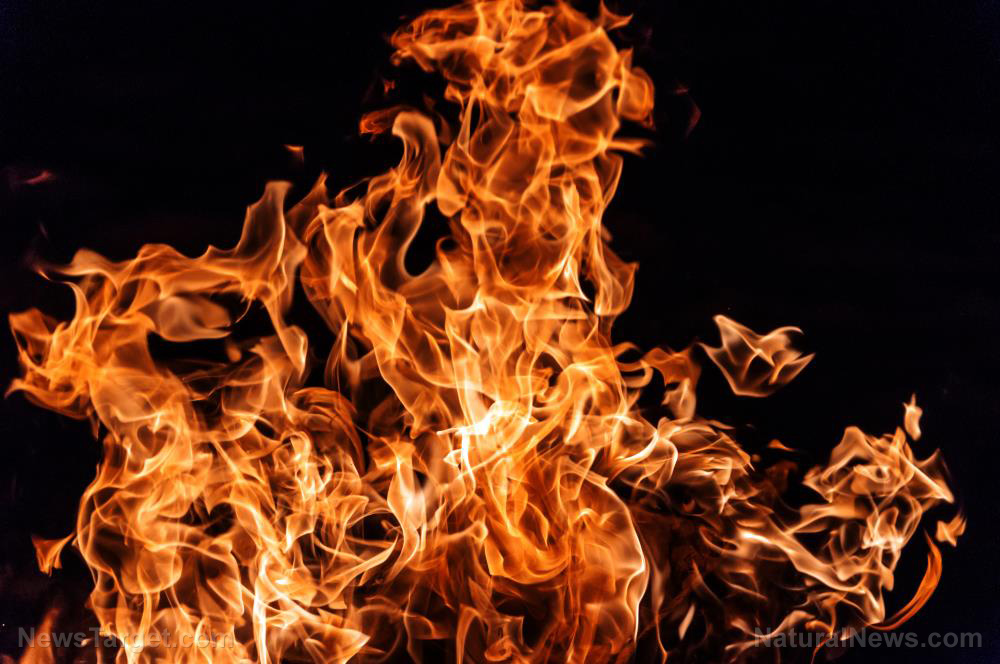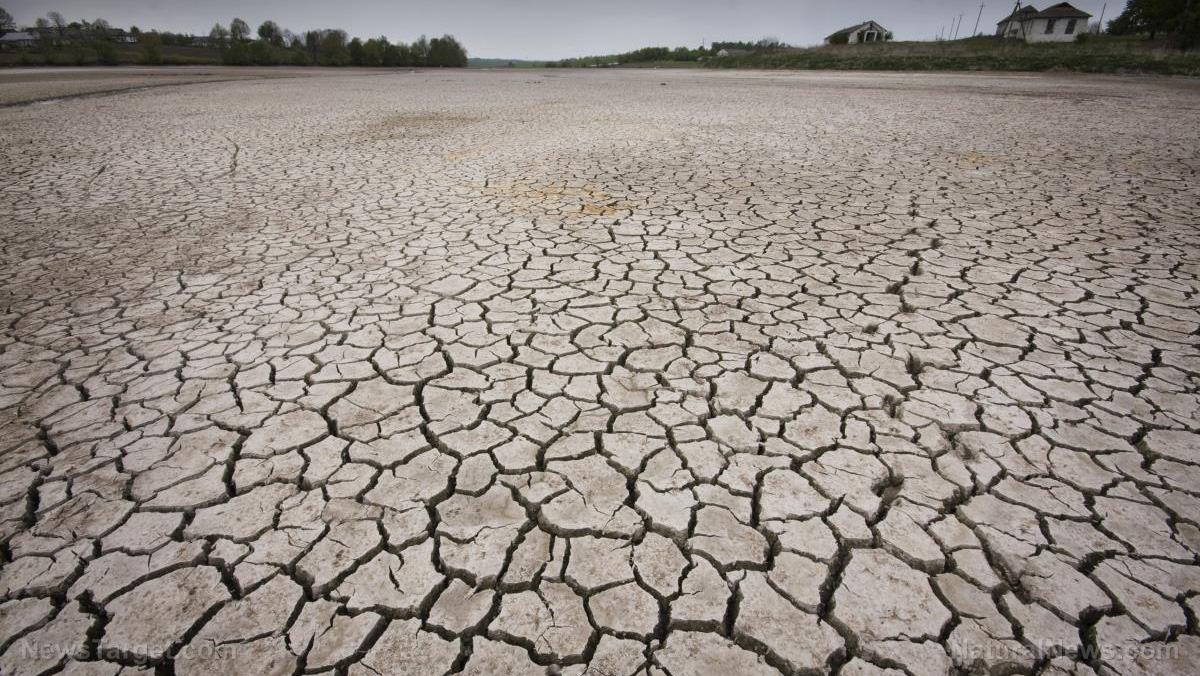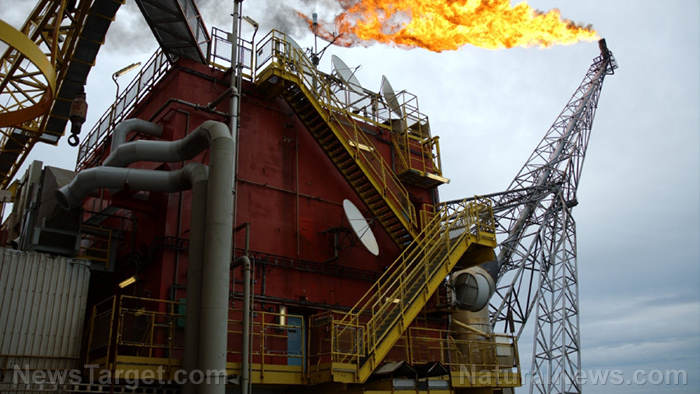Drought could force California power plant to shut down at hottest time of the year
06/20/2021 / By Virgilio Marin

The Edward Hyatt Power Plant in California is at risk of going offline for the first time due to the catastrophic drought gripping the western U.S.
The power plant, which is the state’s fourth-largest hydropower producer, depends on Lake Oroville in Northern California to generate electricity. But extreme dry conditions have depleted the water in the lake to “alarming levels.” If the water level goes down to below 640 feet, the California Department of Water Resources (DWR) will have to shut down the hydropower plant in as early as August. That will coincide with the peak of wildfires and the summer heat.
“If lake levels fall below those elevations later this summer, DWR will, for the first time, cease generation at the Hyatt power plant due to lack of sufficient water to turn the plant’s electrical generation turbines,” said Liza Whitmore, public information officer of DWR’s Oroville Field Division.
Hydropower is generated by capturing the energy of water falling over dams to generate electricity. Droughts can severely lower the amount of power generated because it depletes the amount of water available in reservoirs.
The water level in Lake Oroville is currently around 700 feet above sea level, according to Fox10. When the lake is full, the Hyatt facility and other power plants nearby generate up to 900 megawatts of electricity, according to DWR chief of utility operations Behzad Soltanzadeh. One megawatt is enough to power up to a thousand homes.
The lake’s low water level has pushed DWR to reduce the plant’s power output to 20 percent of its total capacity, Fox10 reported as per Whitmore. The official says that another hydroelectric power plant downstream of Hyatt will operate at reduced levels this summer. Other facilities have been tapped to make up for the lost capacity, she adds.

“In previous droughts, lake levels were high enough at Oroville’s reservoir to continue power plant operations,” she said. “In an effort to preserve as much storage as possible, DWR has requested a Temporary Urgency Change Petition … that will allow DWR to reduce flows through the [California] Delta.”
A similar situation is playing out at the Hoover Dam’s Lake Mead. Record-low water levels in the man-made lake have reduced energy capacity by roughly 25 percent. The lake, which is the country’s biggest reservoir, produces electricity for nearly eight million Americans.
Low water levels across California weighing down state grid
Lake Oroville is among the thousands of reservoirs going dry in California. According to Jay Lund, co-director of the Center for Watershed Sciences at the University of California, Davis, water levels in around 1,500 reservoirs in the state have fallen by 50 percent of the seasonal average. DWR also says that 11 of the state’s 12 biggest reservoirs are well below normal levels, Bloomberg reported.
Currently, California’s hydropower is down by about 40 percent this month compared to the same time last year, according to BloombergNEF (BNEF). Data from the Energy Information Administration shows that hydropower output hasn’t been this low since late 2015.
The state has sourced almost 13 percent of its electricity from hydropower over the last three years, according to BNEF analyst Brianna Lazerwitz. But she expects that to go down this season due to the drought. She predicts that the state may have around one gigawatt (1,000 megawatts) less hydropower this year in August. (Related: Catastrophic drought puts a strain on California’s hydropower supply.)
Already, the drought affecting the western U.S. is beginning to put a strain on California’s power grid. Last Wednesday, June 16, the California Independent System Operator (CAISO) issued a statewide Flex Alert urging residents to cut back on their electricity use from 5 p.m. to 10 p.m. on Thursday to avoid power shortages. The grid operator extended the alert through Friday due to extreme heat forecasts.
Follow CaliforniaCollapse.news for the latest news on California’s power supply problem.
Sources include:
Submit a correction >>
Tagged Under:
California, chaos, Collapse, Collapsifornia, disaster, Drought, drought emergency, electricity, energy, environment, extreme weather, hydroelectric power, hydropower, Lake Oroville, power grid, Power Outage, power plant, renewable energy, reservoirs, weather
This article may contain statements that reflect the opinion of the author
RECENT NEWS & ARTICLES
COPYRIGHT © 2017 COLLAPSE.NEWS
All content posted on this site is protected under Free Speech. Collapse.news is not responsible for content written by contributing authors. The information on this site is provided for educational and entertainment purposes only. It is not intended as a substitute for professional advice of any kind. Collapse.news assumes no responsibility for the use or misuse of this material. All trademarks, registered trademarks and service marks mentioned on this site are the property of their respective owners.





















